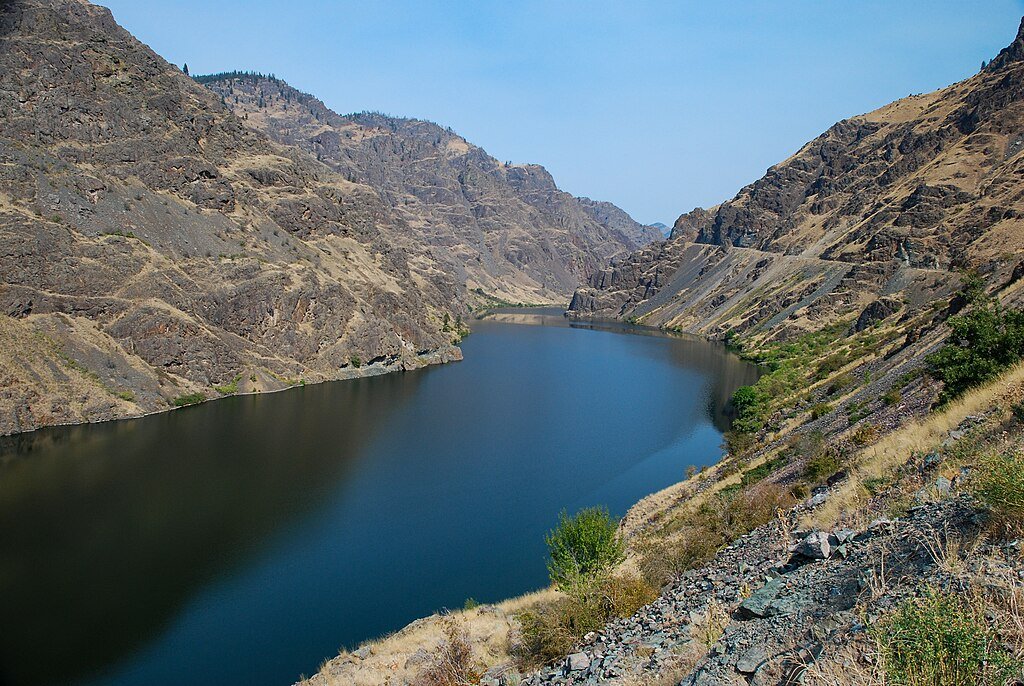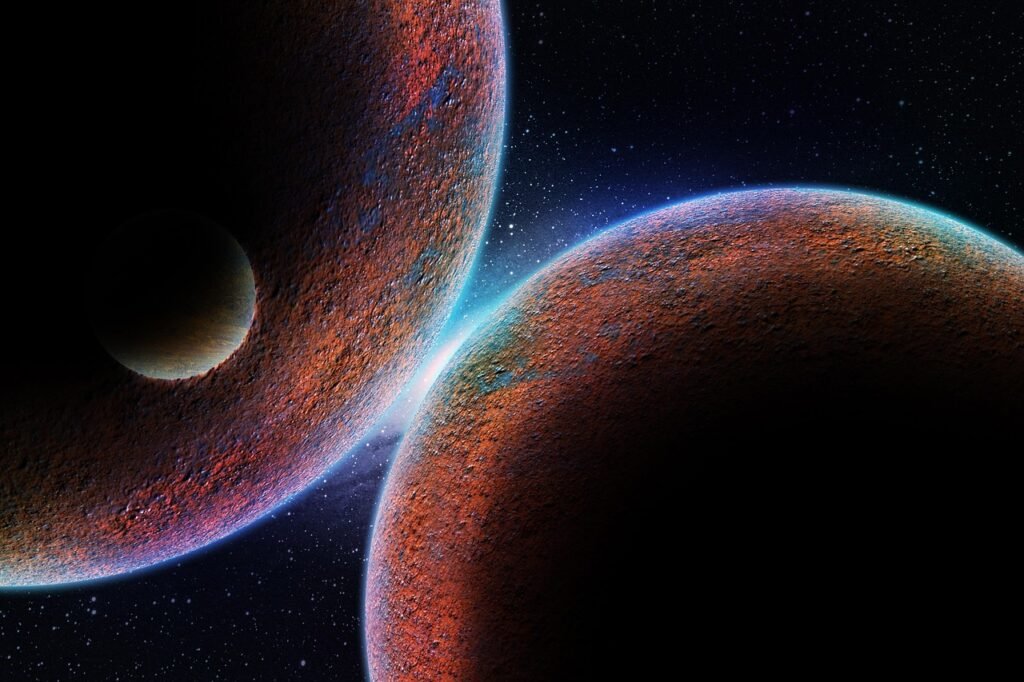While the Grand Canyon’s 1.7-billion-year-old rock layers and 6-million-year-old chasm have long dominated America’s geological imagination, a far deeper and dramatically younger gorge has been hiding in plain sight. Hells Canyon, slicing 2,400 meters (7,900 feet) into the Idaho-Oregon border, is North America’s deepest river gorge, yet a groundbreaking study reveals it was carved in a geological blink just 2.1 million years ago. How did this colossal chasm form so quickly? The answer lies in a catastrophic river piracy event, cosmic ray dating, and a landscape still reshaping before our eyes.
A Gorge Born from River Betrayal
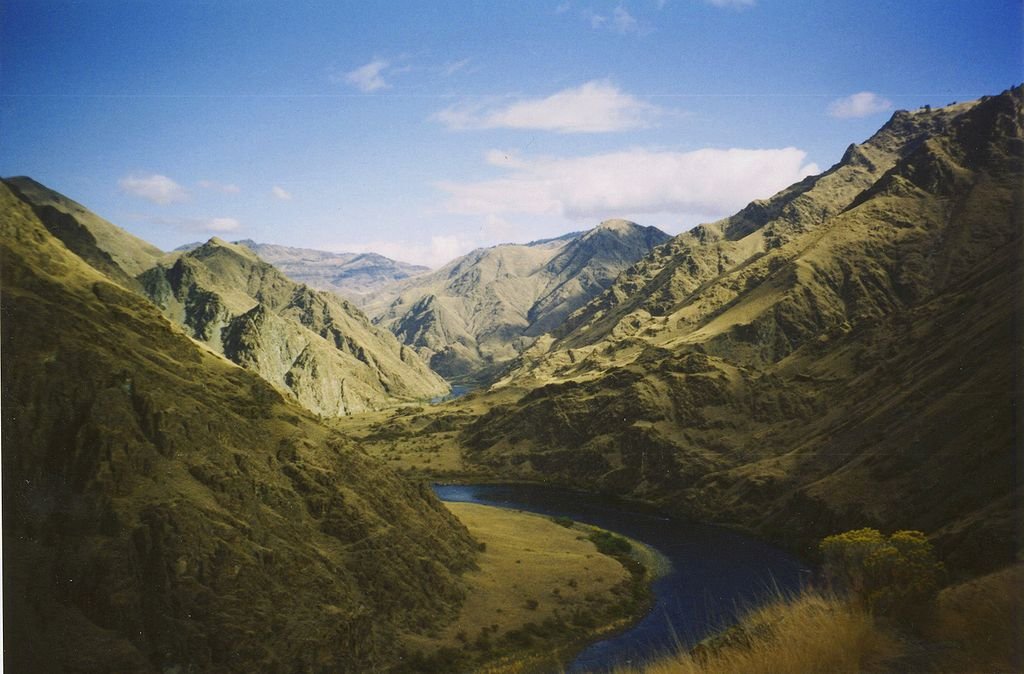
While most canyons develop over tens of millions of years, Hells Canyon buckes convention. Its dramatic depth, researchers discovered, results from a sudden drainage capture event a geological heist in which the Snake River suddenly veers off its old path and steals a new route into the Columbia River system. This change set off a flood of water that sixteen times increased erosion rates from a slow 0.01 mm/year to a breakneck 0.16 mm/year.
Hells Canyon’s formation was more like a geological dam break than the Grand Canyon, where the Colorado River sawed gradually over eons through rock. Suddenly rerouting the Snake River enhanced its erosive force, gouging a chasm deeper than the Grand Canyon in a fraction of the time.
Dating a Canyon with Cosmic Clocks

Scientists used cosmogenic nuclide dating, a technique that reads the scars left by cosmic ray bombardment of Earth’s surface to pin down the youth of Hells Canyon. High-energy particles from space strike rocks to produce rare isotopes such as aluminum-26 (²⁶Al) and beryllium-10 (¹⁰Be). Researchers rebuilt the chronology of the canyon with hitherto unheard-of accuracy by tracking their degradation in prehistoric cave sediment.
These cosmic clocks revealed that Hells Canyon’s most dramatic cutting began 2.1 million years ago around the same time early humans’ ancestors were first walking upright. In geological terms, that’s astonishingly recent, like a skyscraper being built overnight.
Why Is Hells Canyon So Much Deeper Than the Grand Canyon?
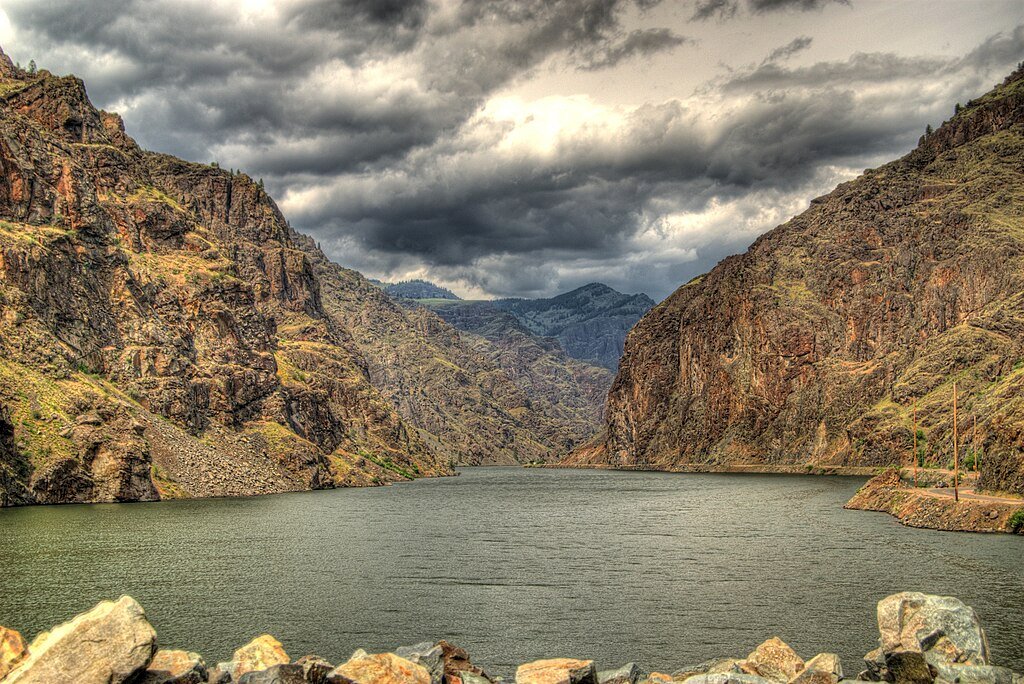
Hells Canyon drops 600 meters (2,000 feet) deeper than the Grand Canyon, although being younger. Three main elements help to explain this:
- Steeper Gradient: The Snake River drops more erosive force than the Colorado River.
- Unlike the hard basement rocks of the Grand Canyon, Hells Canyon allows faster downcutting by cutting through thinner volcanic and sedimentary layers.
- Unlike the Grand Canyon’s constant, slow carving, the unexpected flood of water from the river’s reroute turbocharged erosion.
A Living Laboratory for Rapid Geological Change
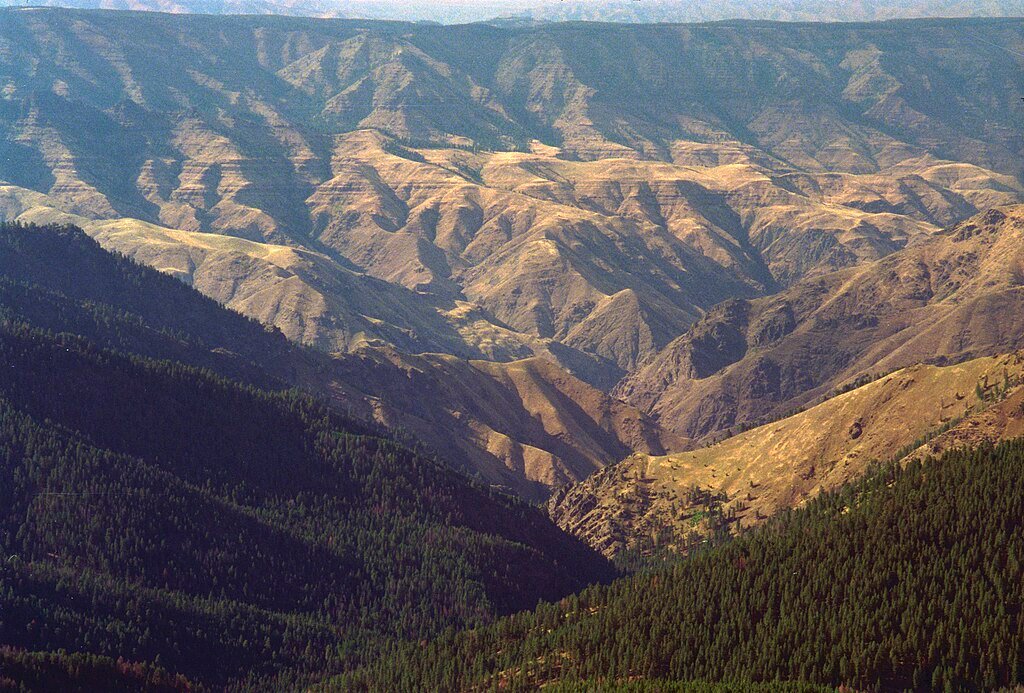
Hells Canyon isn’t just a relic, it’s still evolving. Researchers found knickpoints (sharp drops in tributaries) migrating upstream, signaling that the canyon is actively deepening. This makes it a rare real-time case study in how rivers can reshape landscapes abruptly, not just gradually.
Similar events may have shaped other canyons, but Hells Canyon’s youth means we can still see the geological aftermath clearly unlike ancient gorges where evidence has eroded away.
What Hells Canyon Reveals About Earth’s Future
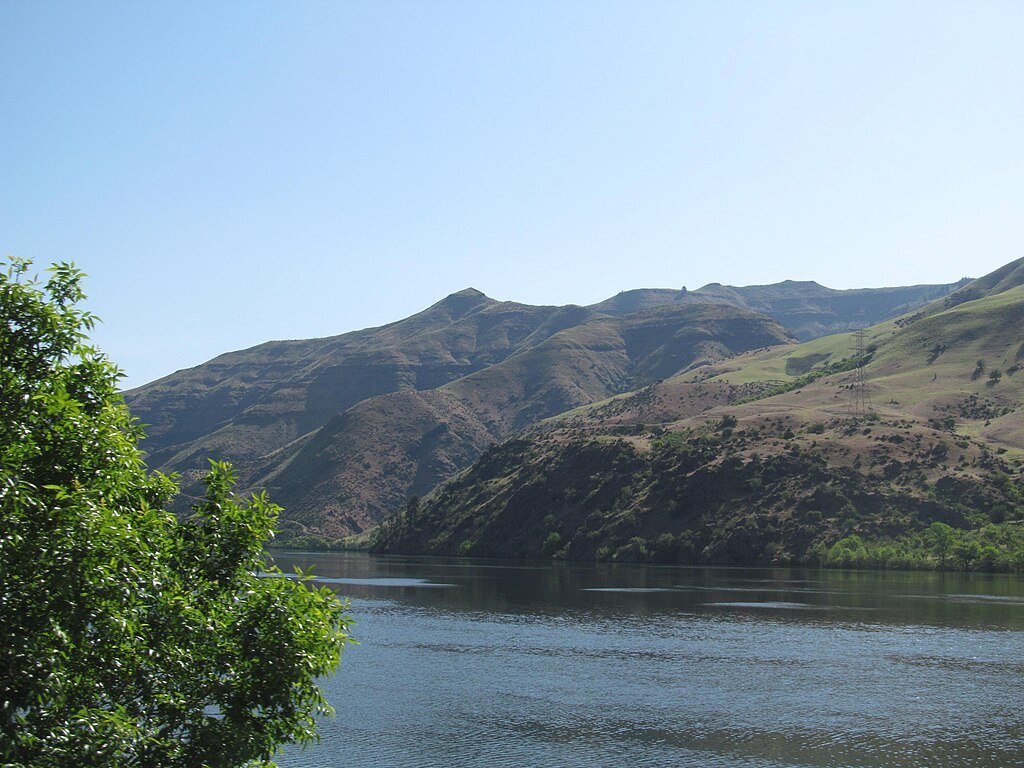
The results of the study transcend geology. Knowing how drainage catches trigger fast erosion helps one forecast:
- Flood hazards from unexpected river movements
- Slides in steepening valleys
- Water management problems as river systems change with climate change
Similar landscape upheavals could occur elsewhere as glaciers melt and rainfall patterns change, so warning and wonder Hells Canyon becomes.
Conclusion: A Geological Underdog Steals the Spotlight
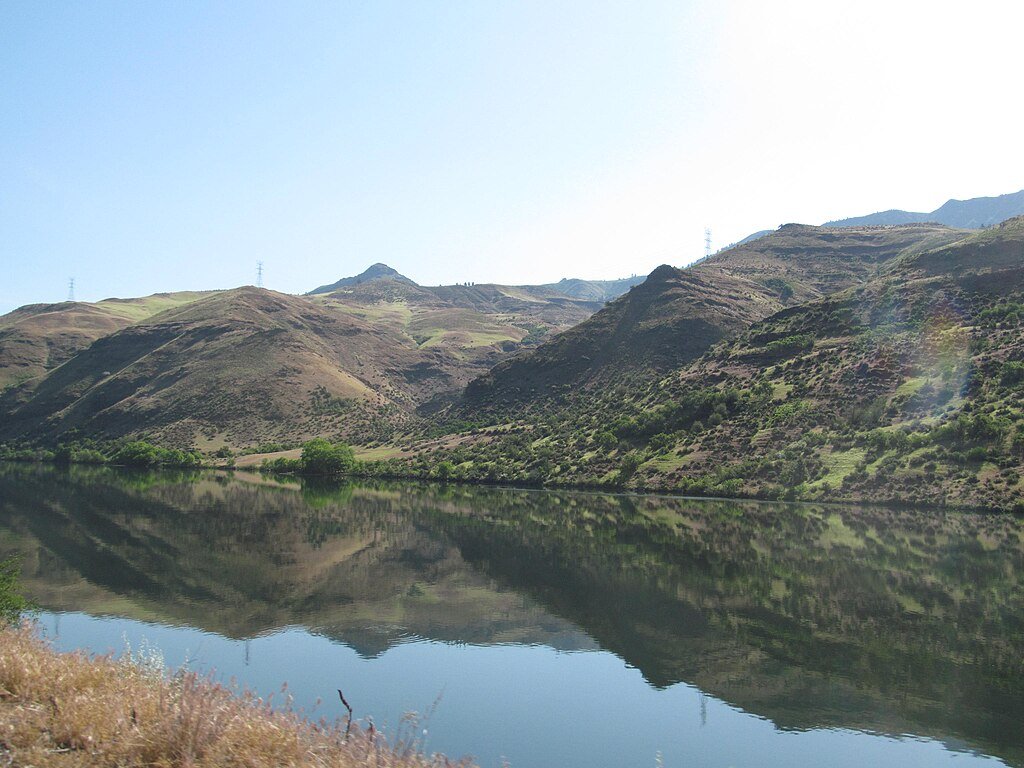
The Grand Canyon has been the star pupil of American geology for millennia. But Hells Canyon deeper, younger, and still changing shows how most dramatic settings on Earth might arise in a heartbeat. Its narrative refutes presumptions about the formation of valleys by demonstrating how some of the most amazing features on Earth can be sculpted by catastrophic events rather than only slow erosion.
One thing is abundantly evident as scientists keep exploring its depths: Hells Canyon is a revolution in our knowledge of Earth’s violent, beautiful changes, not only a footnote in geology.
Sources:

Suhail Ahmed is a passionate digital professional and nature enthusiast with over 8 years of experience in content strategy, SEO, web development, and digital operations. Alongside his freelance journey, Suhail actively contributes to nature and wildlife platforms like Discover Wildlife, where he channels his curiosity for the planet into engaging, educational storytelling.
With a strong background in managing digital ecosystems — from ecommerce stores and WordPress websites to social media and automation — Suhail merges technical precision with creative insight. His content reflects a rare balance: SEO-friendly yet deeply human, data-informed yet emotionally resonant.
Driven by a love for discovery and storytelling, Suhail believes in using digital platforms to amplify causes that matter — especially those protecting Earth’s biodiversity and inspiring sustainable living. Whether he’s managing online projects or crafting wildlife content, his goal remains the same: to inform, inspire, and leave a positive digital footprint.

